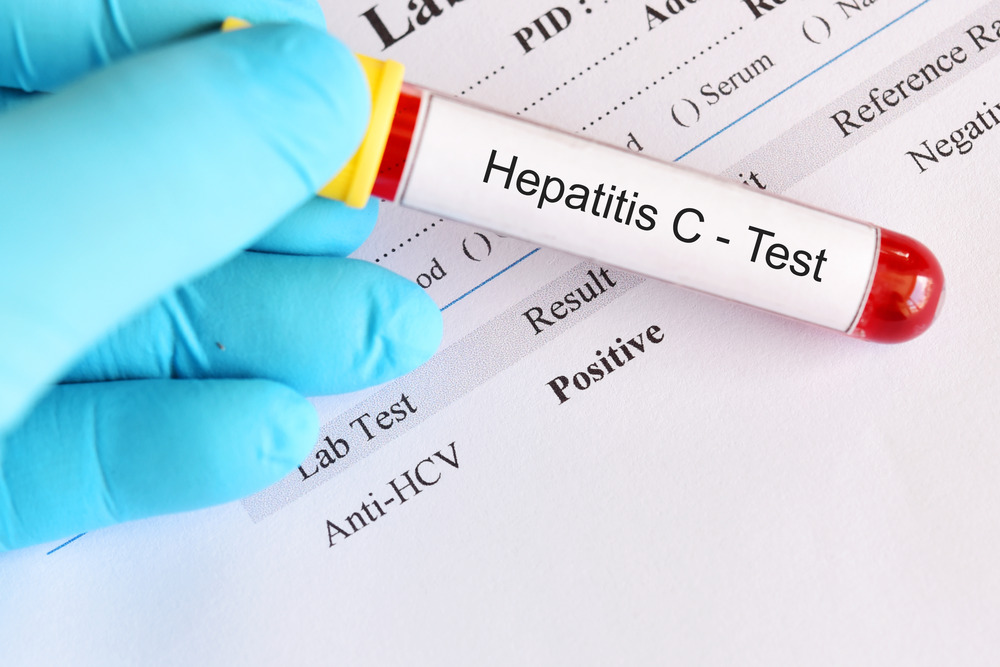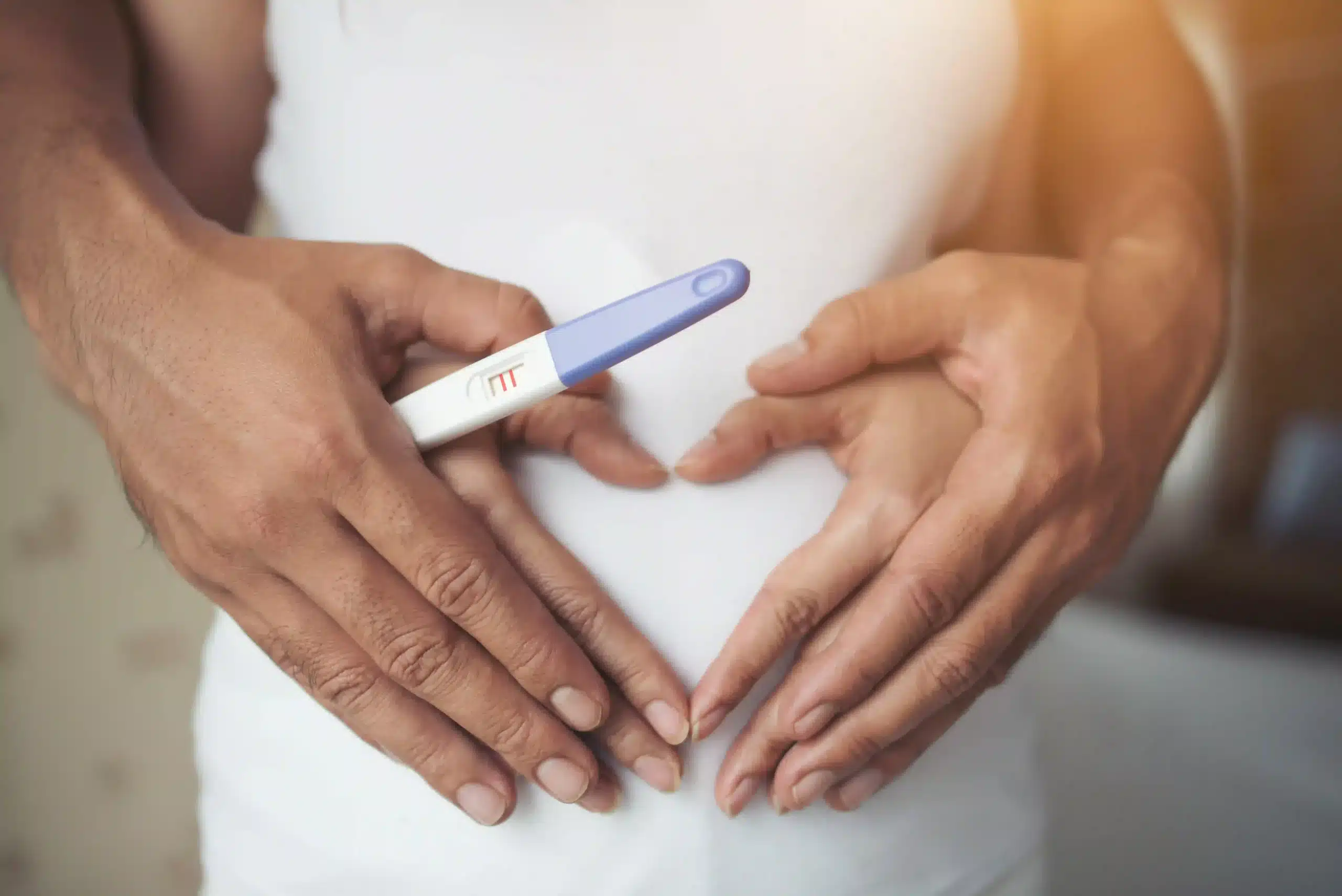
STDs are commonly spread from one person to another through sexual intercourse. However, some STDs can survive outside the body and spread without sexual intercourse. To protect your health, it’s important to know how long and in what situations STDs can live outside the body. In this article, we’ll outline the types of STDs that can live outside the body, common STD transmission methods, and misconceptions about transmission.
Can STDs Survive Outside the Body?
Yes, some STDs can survive outside of the body. However, generally speaking, STDs are spread through fluids in the body. Most often, these fluids are shared with another person during vaginal, oral, and anal sex. That said, some STIs can pass from one person to another through infected blood during the sharing of needles. Other STDs, such as hepatitis B and herpes, can survive and continue to be contagious outside the body for several days.
Types of STDs & How Long They Can Live Outside the Body
Some STDs can live outside the body for a limited period of time, while others die immediately and are only transmissible through sexual intercourse. Below is a quick look at different types of STDs and how long they can survive outside the body:
Syphilis
Syphilis is a common STD caused by the bacterium Treponema pallidum. It can only be spread through direct contact with an infected person’s bodily fluids or with an active sore caused by the infection. Syphilis is highly dependent on a living host and possesses a limited capacity to survive outside the human body. Consequently, transmission of syphilis only occurs through direct contact with the bodily fluids or sores of an individual with an active infection.
Gonorrhea
Gonorrhea is caused by the bacterium Neisseria gonorrhoeae. The primary modes of transmission involve direct sexual contact, including vaginal, oral, and anal sex. Additionally, the bacteria can spread through the sharing of sex toys if they are not properly cleaned between uses. It has also been documented that gonorrhea can survive for up to 2 hours on a toilet seat and 3 hours on toilet paper. In some cases, an infected mother can transmit gonorrhea to her baby during childbirth as the infant passes through the birth canal.
Chlamydia
Chlamydia is a prevalent sexually transmitted infection caused by the bacterium Chlamydia trachomatis. Its primary modes of transmission are similar to those of gonorrhea, occurring through direct sexual contact, including vaginal, oral, and anal intercourse. Additionally, the sharing of sex toys without proper cleaning between uses can facilitate the spread of this disease. Under humid conditions, chlamydia can survive for 2 to 3 hours outside the human body. An infected mother can also transmit chlamydia to her newborn during childbirth.
Trichomoniasis
Trichomoniasis is a sexually transmitted disease caused by the parasite Trichomonas vaginalis. It is primarily transmitted through direct genital contact during anal, oral, and vaginal sex. However, it can survive in liquid outside of the body for several hours.
HIV
HIV is a virus that is spread through blood, semen, pre-ejaculate, and vaginal fluids. It can survive in blood-filled syringes for over a month under the right conditions. However, in most cases, it becomes inactive within several hours of being outside the body. This means that HIV cannot be transmitted through casual contact with surfaces like toilet seats or faucet handles. That said, sharing unclean sex toys immediately after they have been used by an infected person poses a risk of transmission.
Hepatitis B & C
Hepatitis B and C are viruses that can survive outside of the body and remain infectious for long periods of time. Both can be transmitted by using items that have come into contact with the bodily fluids of an infected person. This highlights the importance of avoiding contact with potentially contaminated objects, like sex toys, and implementing safe sex practices to prevent the spread of these viruses.
Common Misconceptions About STD Transmission
There are many misconceptions regarding STD transmission. Being aware of them can help you protect yourself from infection and get early treatment if you are infected. Here are some common myths about STDs:
- You’ll immediately know if you have an STD: Some STDs are asymptomatic, and don’t present any symptoms for weeks or even months.
- Only young people get STDs: While almost half of reported chlamydia, gonorrhea, and syphilis cases are associated with individuals aged 15 to 24, anyone can get an STD, regardless of their age.
- You can’t get an STD from oral sex: As a matter of fact, many STDs, including chlamydia, gonorrhea, and herpes, can be transmitted through oral sex.
- You can’t get an STD if you only have one partner: Although it’s true that people with multiple partners are more likely to be infected, it can still happen with a single partner, especially if you don’t use a condom.
- All STDs can be cured: Most STDs can be cured, but not all of them. Once you are infected with herpes or HIV, you can take medication to manage the condition, but the virus will stay in your body for the rest of your life.
- Men and women have the same symptoms: Depending on the STD, men and women can experience entirely different symptoms.
- STIs don’t cause infertility: Untreated STIs can lead to infertility.
Final Thoughts
While STDs primarily spread through direct sexual contact and cannot survive for extended periods of time outside the body, understanding the transmission risks associated with them is crucial for prevention. Even if you are using condoms during sexual intercourse, it’s important to remember that STDs can also be transmitted through infected needles and the sharing of sex toys. Early testing and treatment are essential to preventing their spread and safeguarding your health. If you think you may have an STD, don’t wait to get tested. Contact Equality Health to schedule a confidential testing appointment.
Frequently Asked Questions (FAQs)
Yes, some STDs can survive even when exposed to hot, chlorinated water. In addition, condoms are more likely to slip or break in hot water. To minimize the risk of infection, it’s better to skip hot tub sex.
Yes, you can get an STD from manual sex if your partner has infected bodily fluids on their hands and their hands come into contact with your genitals.





